NYFW SS26: American Fashion Took The Wise Path Of Safety
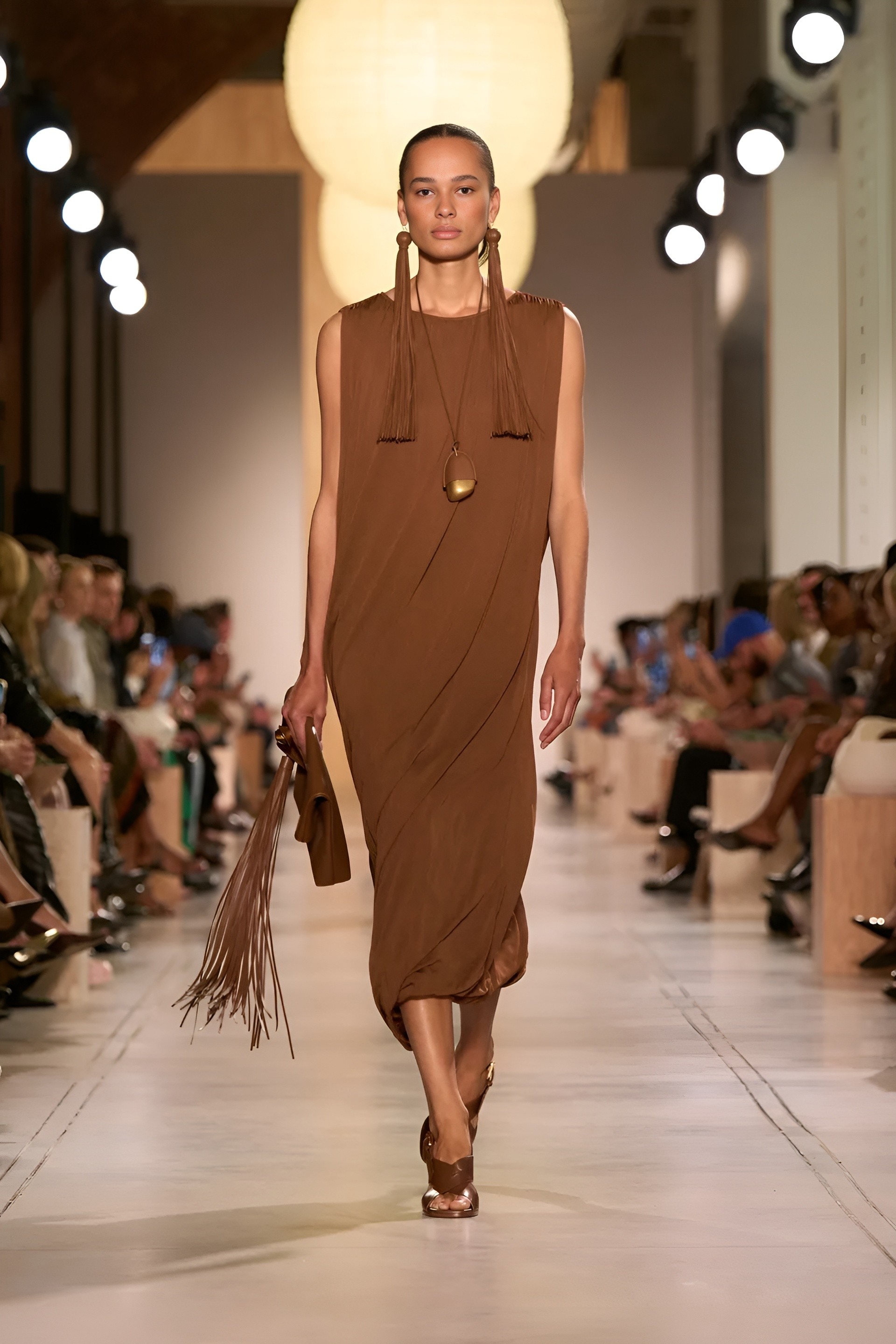
New York Fashion Week Spring/Summer 2026 unfolded at a moment of recalibration for the fashion world. Fashion insiders were immensely curious to see how designers would react to the multiple challenges the industry is currently facing. The economic uncertainty and the plummeting interest of consumers drove them to play it safe. The result was not an eruption of spectacle and creativity but a thoughtful exploration of what fashion means on a daily basis: wearability took precedence over extravagance.
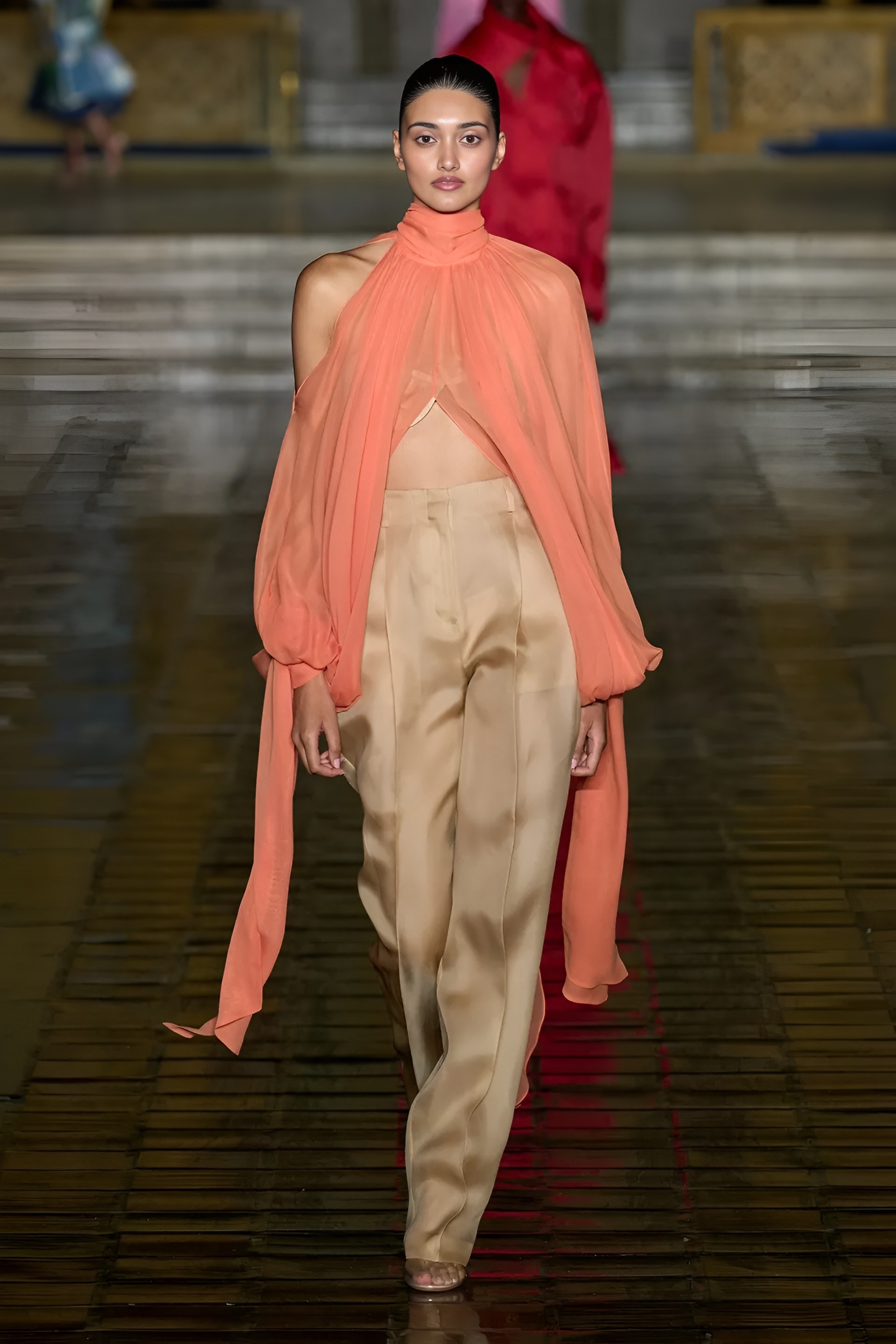
Following the Europeans yet a little late
There were no new trends, nor the willingness to make a statement. On the contrary, we noticed the recreation of trends European houses had presented in their ss25 and fw25 collections. Khaite silhouettes reminded us of Saint Laurent, Tory Burch of Miu Miu and harem pants? Already in our closets. Fortunately, in most collections, the lack of creativity didn’t go hand in hand with poor tailoring, materials and mastery of craft. Anna Sui didn’t make the cut, though.
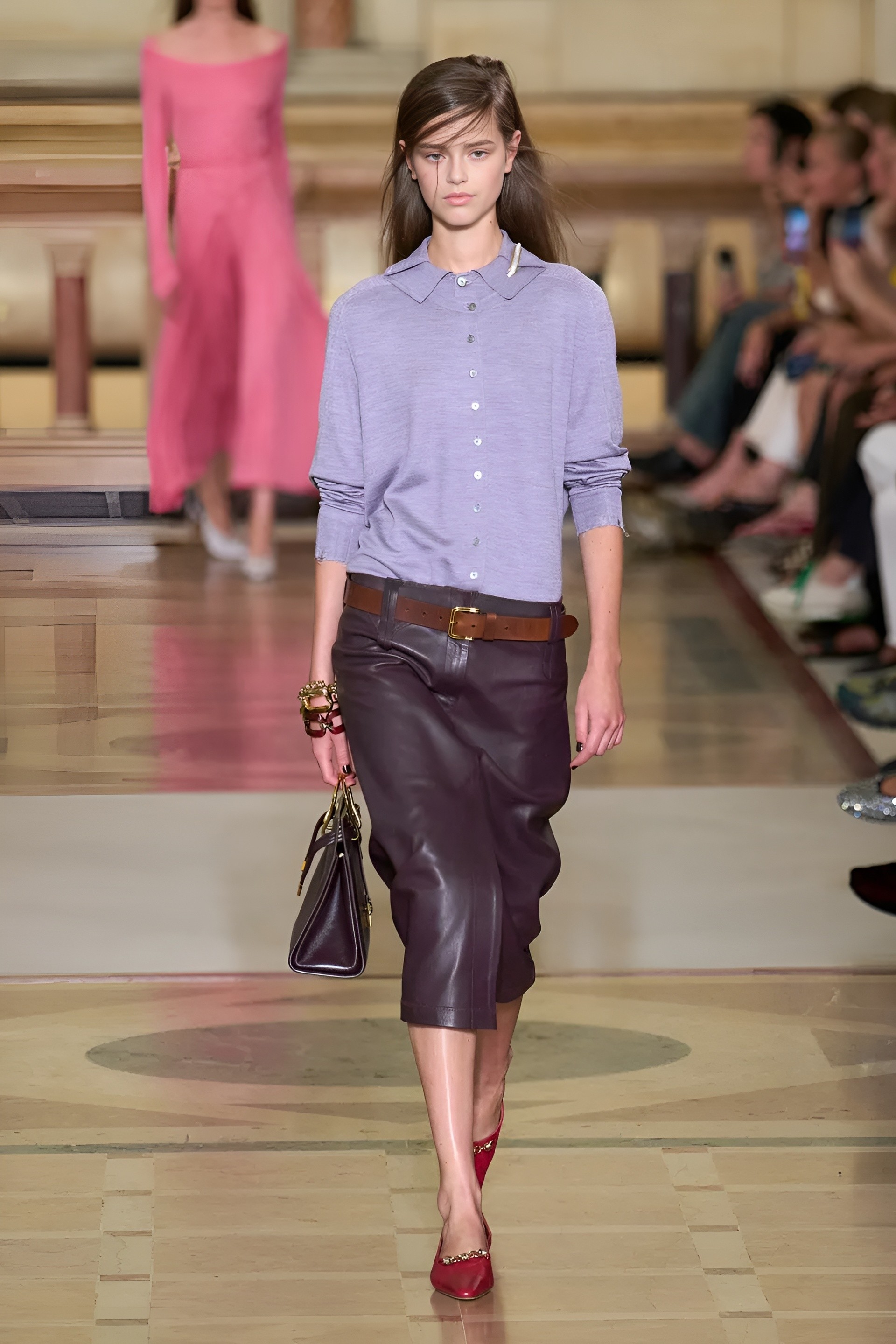
Quiet luxury vibes and moody neutrals
Neutrals ruled the runway emitting elegance and old-school chic. White, beige, brown, grey and black dominated collection after collection. Veronica Leoni’s second outing at Calvin Klein epitomized this approach. The same mood was evident through shows at Toteme and Khaite suggesting that restraint has become the new expression of sophistication.
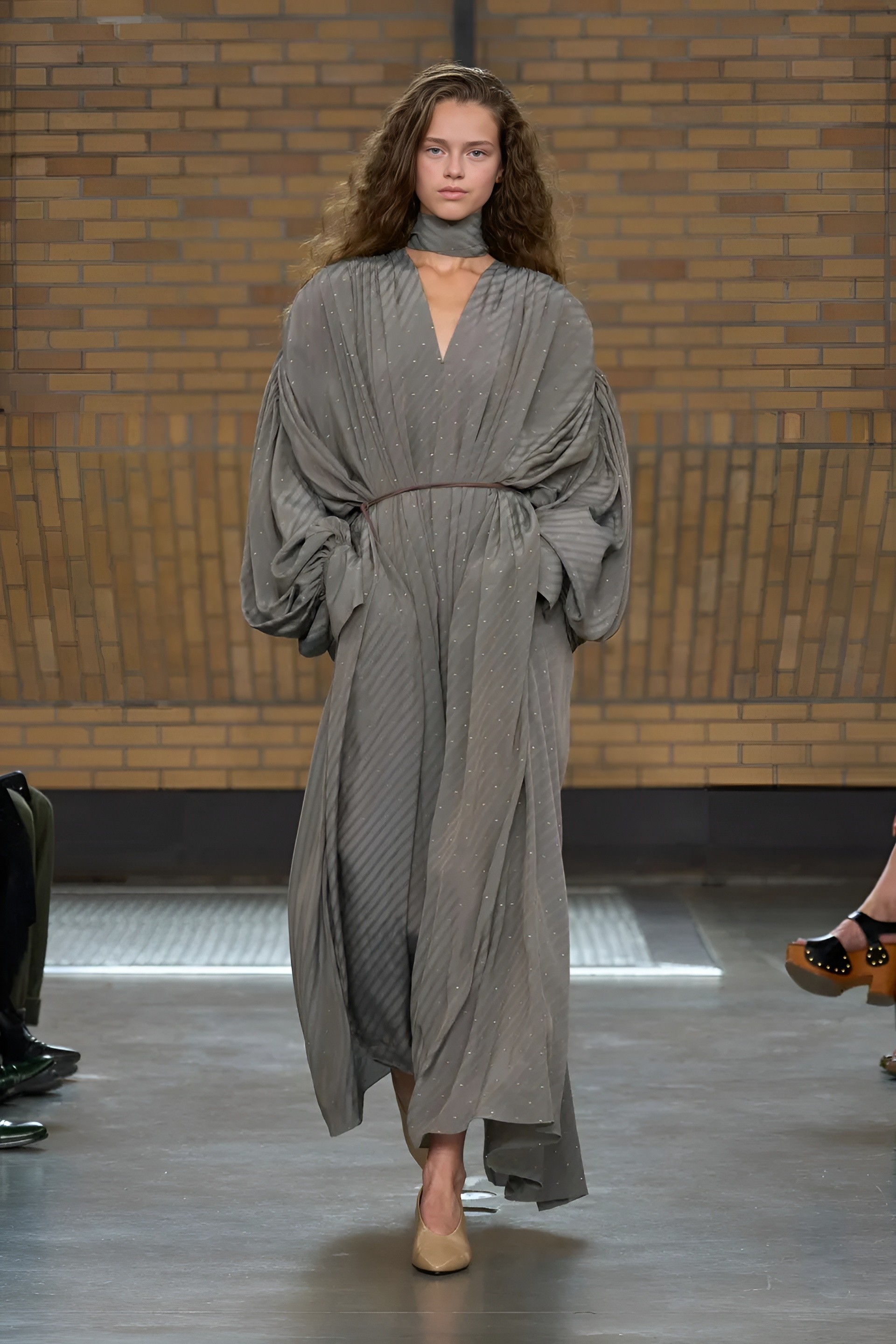
Ralph Lauren had a splash of red spicing up his mostly black and white collection which was presented in his HQ independently and was not included in the official NYFW schedule. Prabal Gurung had a wider range of colours in its palette with pink, red, light blue and yellow shades in a harmonious coexistence with white and beige.
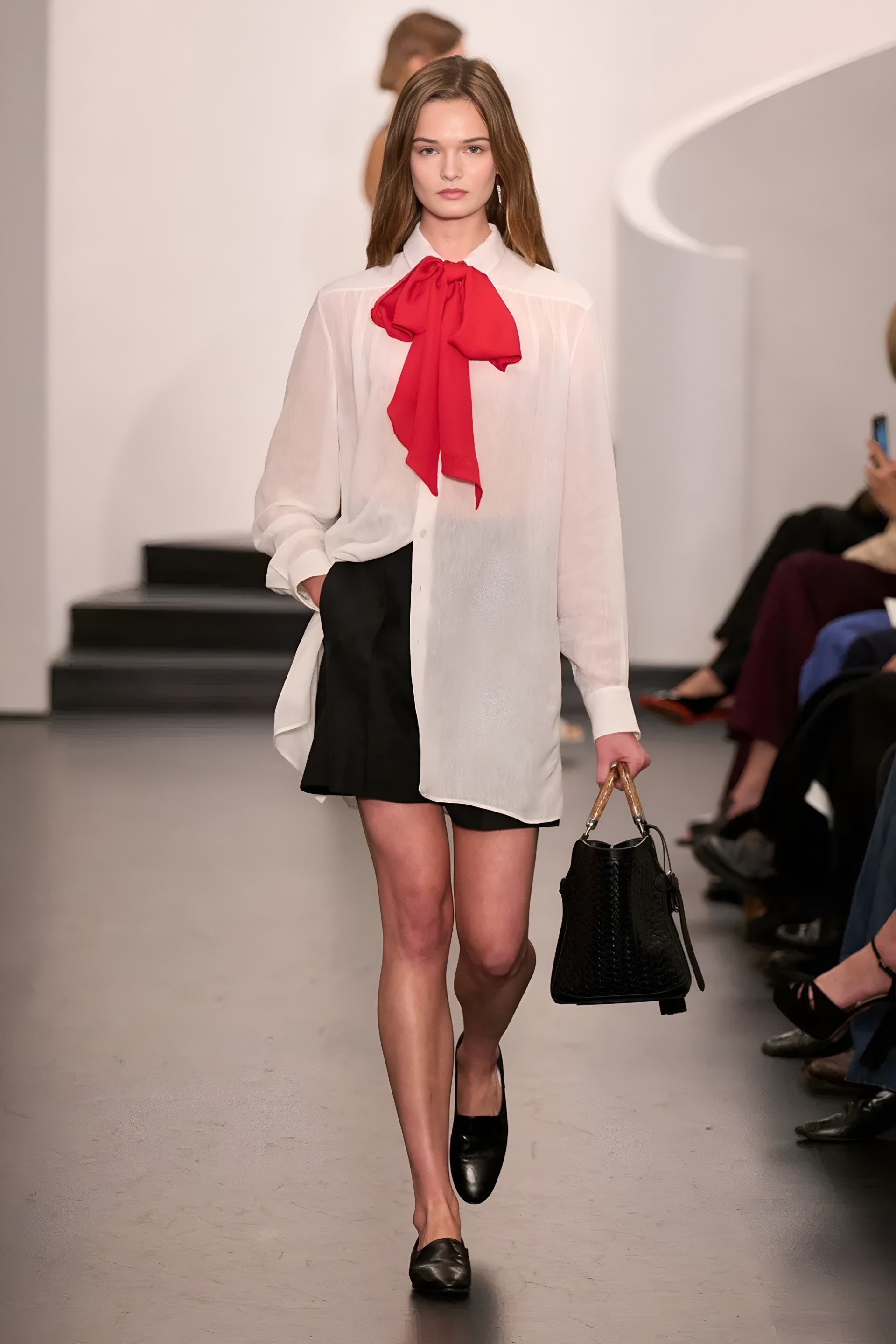
Shape at the leading role
With colour pulled back, structure became the star of the show. Designers worked geometry into their garments, creating pieces that spoke through silhouette. Bomber jackets with high necks, waists cut into basque-inspired forms and triangular hips gave collections architectural weight. Khaite, in particular, stood out for its confident manipulation of proportion. Catherine Holstein’s leatherwork and draping embodied the season’s spirit: clothes that are understated in palette but daring in shape.
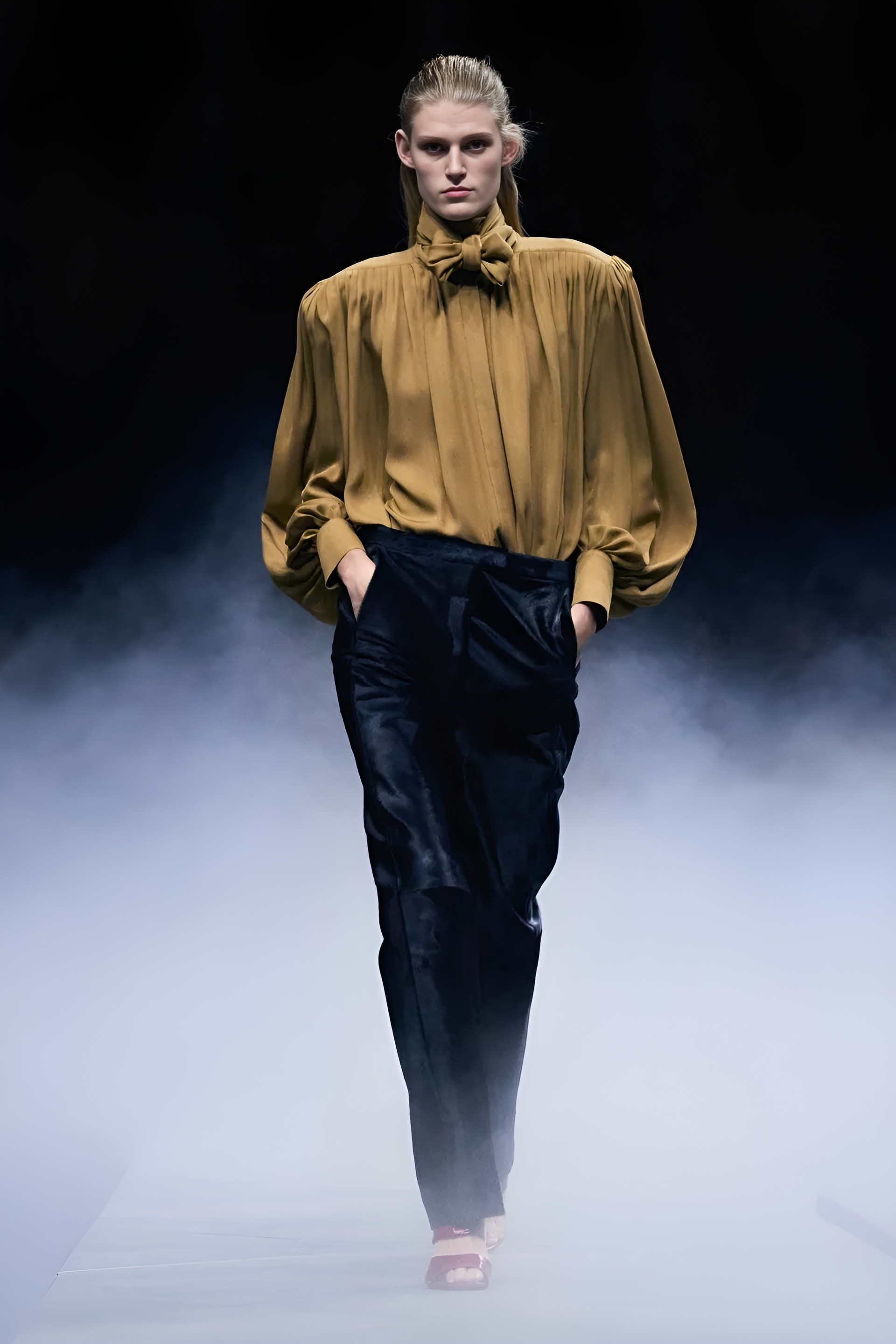
Another way designers kept minimalism from tipping into monotony was through detail. This was the season of fringe, raw hems and lace trims. The emphasis on texture nodded to a broader desire for clothing that feels crafted.
Standout Moments
Several shows left strong impressions. Michael Kors presented what he called “earthly elegance,” a relaxed collection rooted in natural tones and fabrics. Oversized silks and linens draped with ease, creating luxury that was as comfortable as it was beautiful.
Calvin Klein, under Leoni, delivered a vision of the house that felt contemporary yet faithful to the vision of its founder. Rachel Scott of Diotima, now leading Proenza Schouler, put her sensibility of heritage and craftsmanship into the brand’s moodboard. Meanwhile, emerging names such as Grace Ling and Collina Strada opted for freshness and reminded audiences that experimentation and play still have a place on New York’s runways.
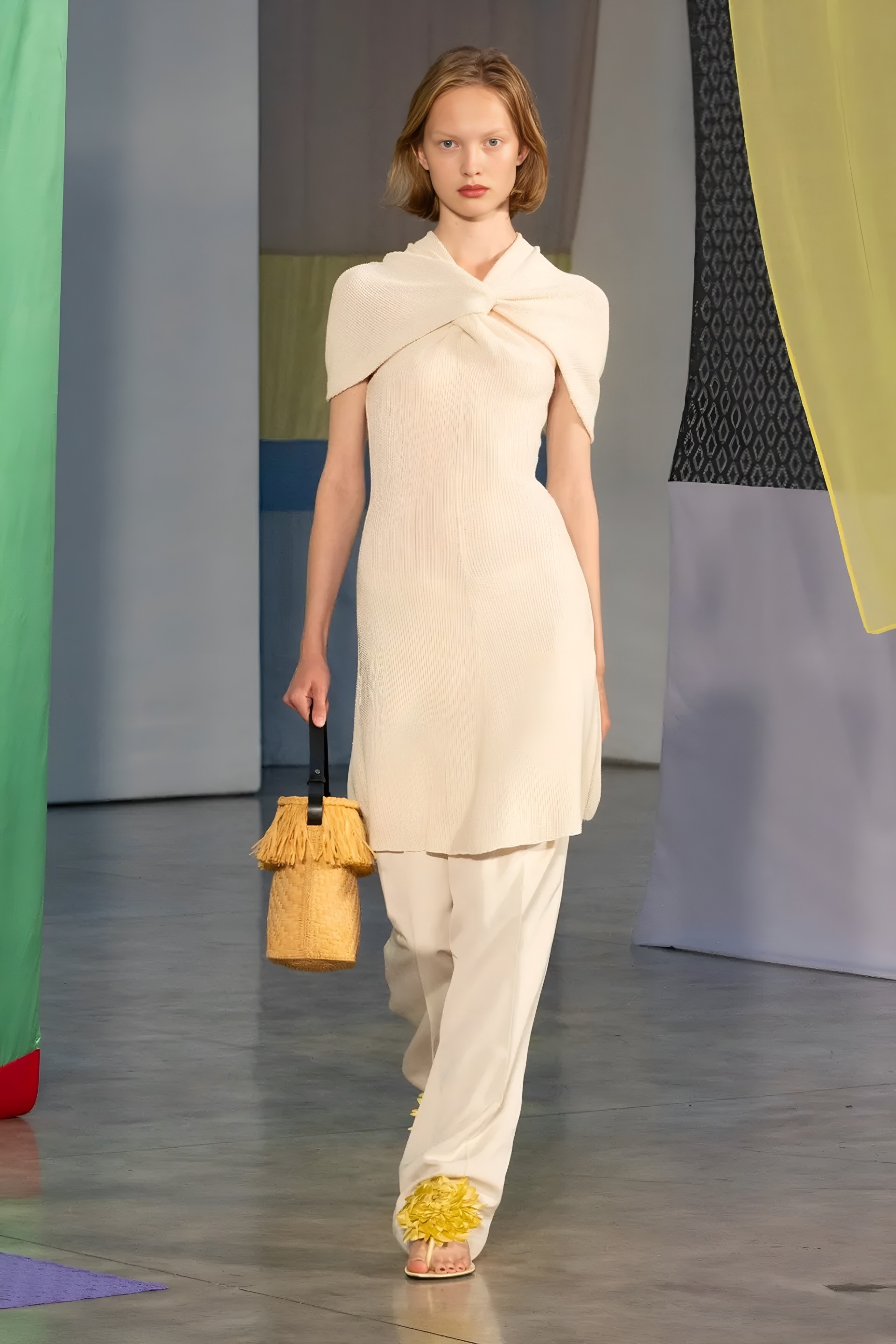
The Verdict
Like it or not, fashion, creative as it might be, is a business in need of profit. New York Fashion Week may not be remembered as the most artistic one, but according to figures, retailers are positive and this is a glimmer of hope in a bleak financial landscape.
It was, in many ways, a quieter season but a strong one. And in that sense, Americans proved that the key to success lies in the assessment of reality and the maturity to make the wisest decision possible. Don’t underestimate New York. A city that never sleeps always knows how to make a comeback.
related posts

Fashion Weeks
ELIE SAAB AUTUMN/WINTER 2023 HAUTE COUTURE

Fashion Weeks
#MFW: Ferragamo AW23 Collection


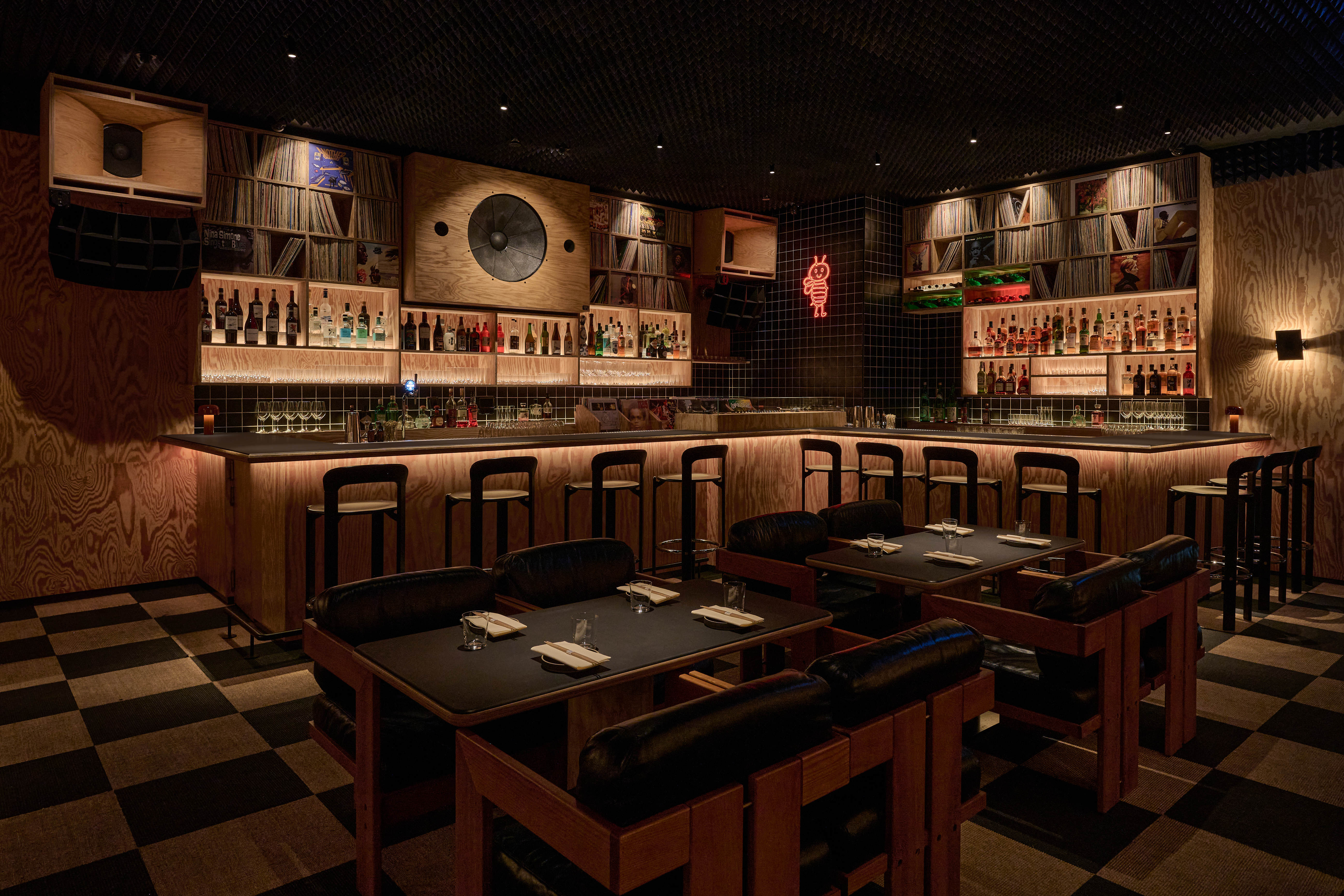
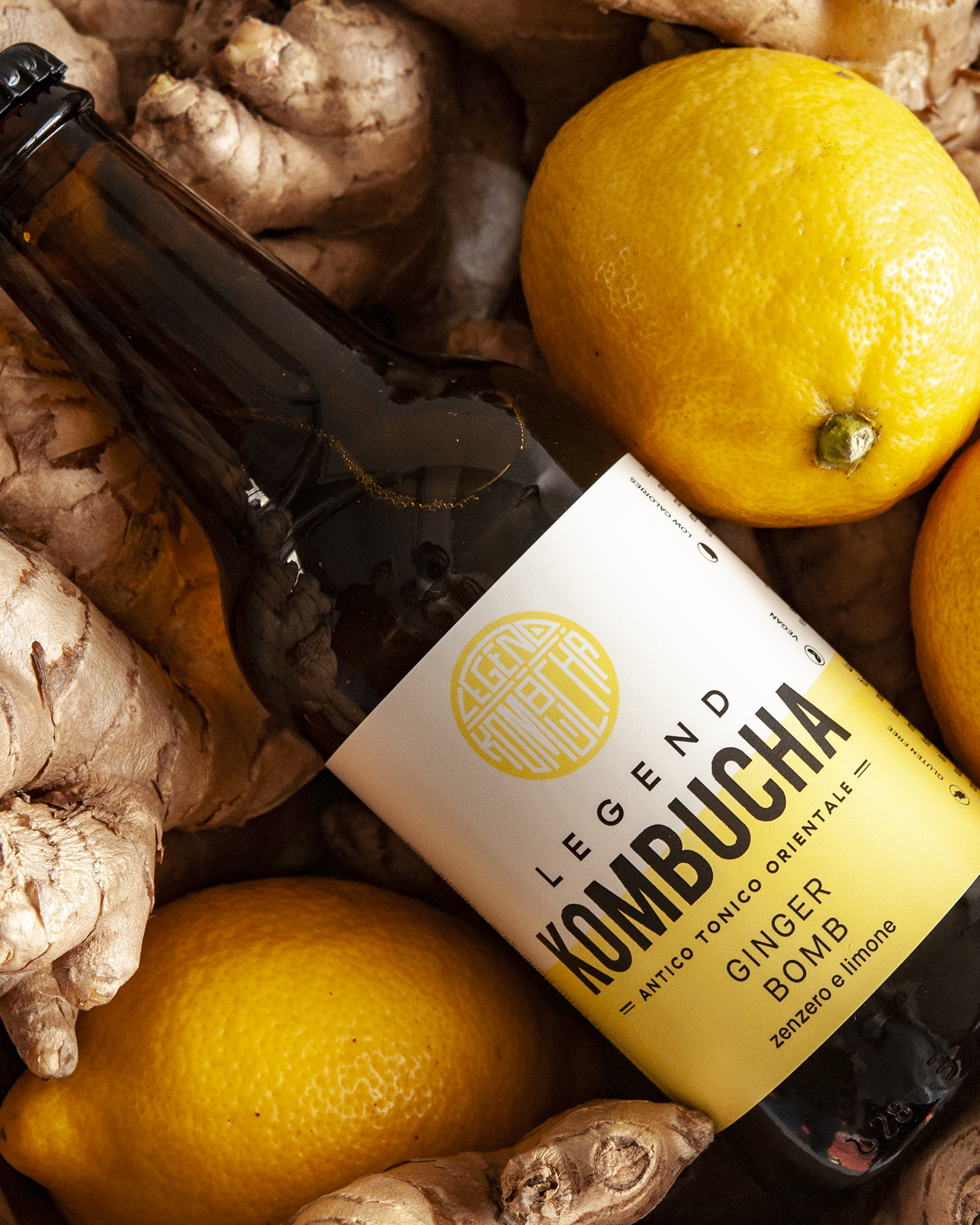


.1.jpg)

